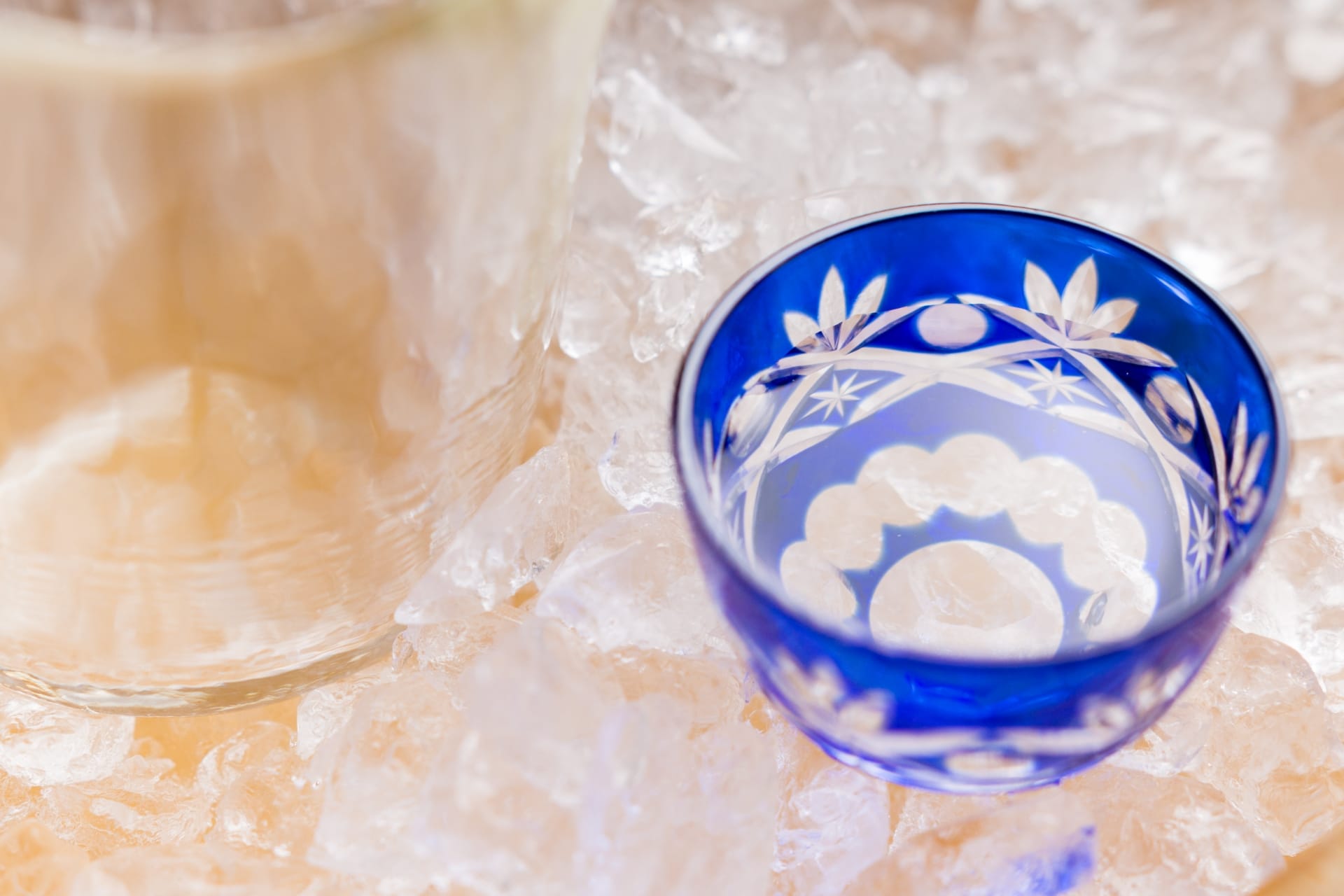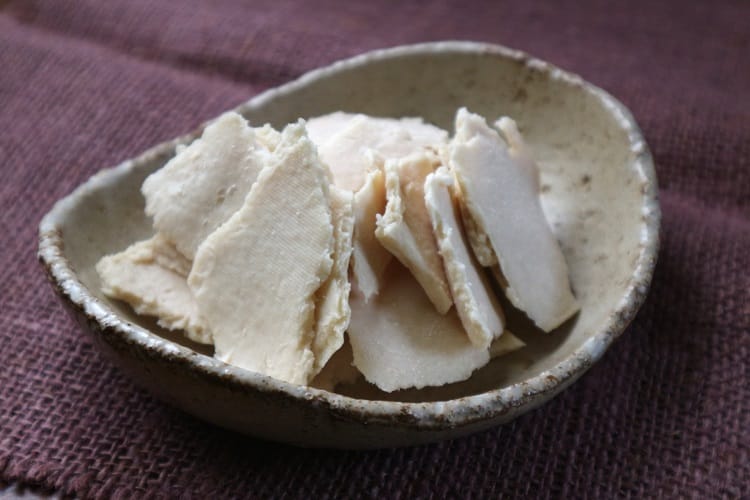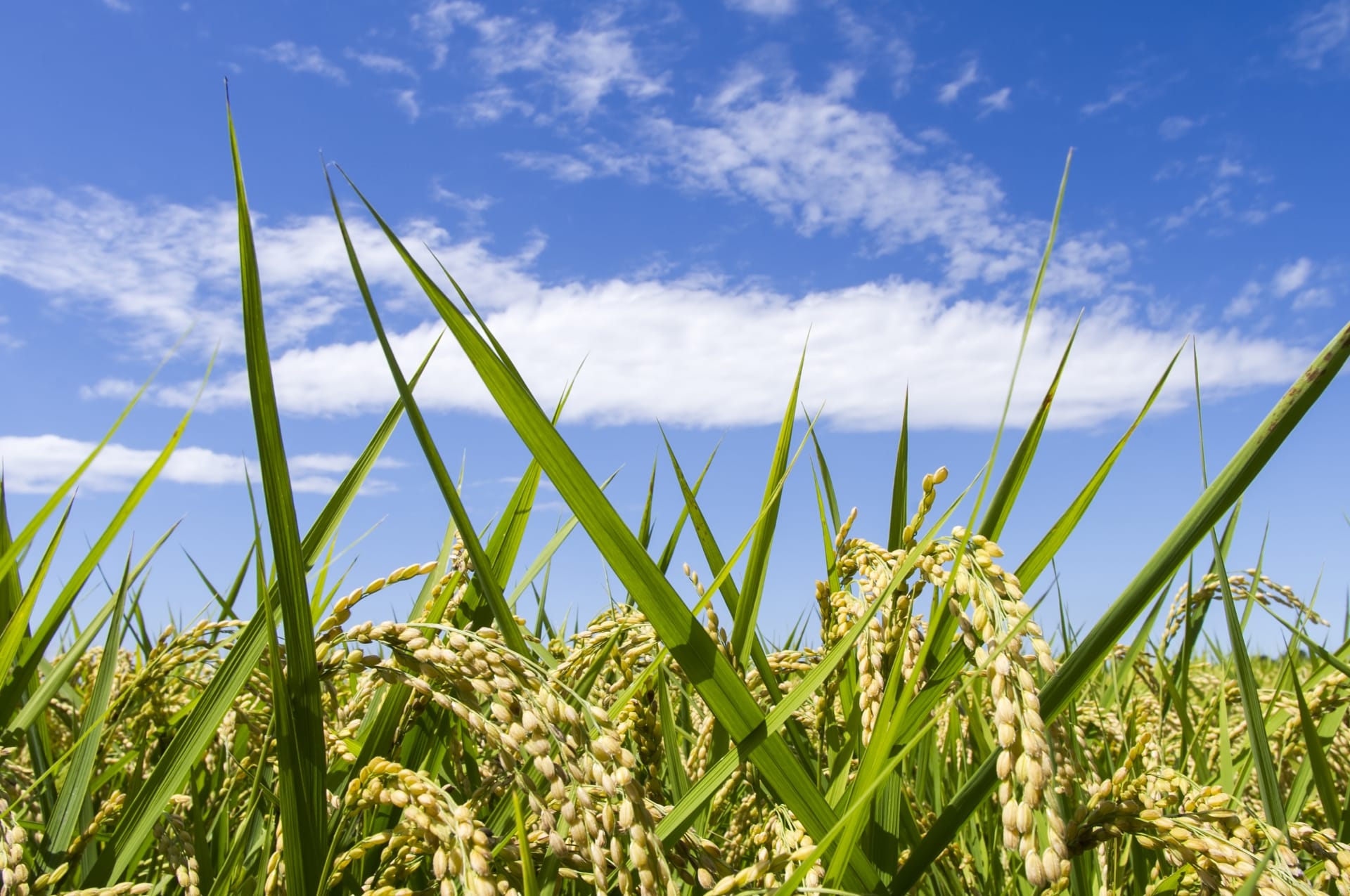
Shochu is a distilled liquor, and sake is a brewed liquor made from rice. That2There is an authentic shochu that combines the characteristics of various types of sake. "Kasutori shochu" made from sake lees.
Mr. Mori et al.'S thought that it was regrettable to throw away the last sake lees left over from the sake-making process created the lees of shochu. Nowadays, there are a wide variety of shochu variations, and it is said that there are fewer brewers who dare to make shochu using sake lees. We will introduce "Kasutori shochu", which is made by a famous sake brewery using sake sake made with famous sake.
What is Kasutori Shochu?
What is Kasutori shochu in the first place? Sake
About by-product "Sake lees"8~10The sake lees shochu is made from this sake lees as it contains% alcohol.
The origin is not known exactly, but in the Edo period17Documents from the latter half of the century describe the manufacturing method.
Sake lees are nutritious and good fertilizers, but too high an alcohol concentration harms plants. For this reason, farmers distilled sake lees to make shochu, and used the remaining lees called "Shimo lees" as fertilizer. In other words, it can be said that Kasutori shochu was originally a "byproduct".
In the old days, it was called "Sanaburi shochu" and was popular as a celebration sake after planting rice. It is said that the manufacturing method spread from the area where there is "Shinryoden" (rice paddy that makes rice for God) in Tenmangu, Dazaifu.
In this way, Kasutori shochu strongly reflects Japanese rural culture.
The manufacturing method was simple, it was made by adding rice husks to sake lees and mixing them, and distilling them in a steam-type distillation machine.
How to make Kasutori shochu
Sake lees that appear when making sake. Even if we say "cass", it is divided into solids when squeezing moromi during the sake brewing process. It is a nutritious ingredient that contains the flavors of sake and rice.
About sake lees8%Contains alcohol. "Kasutori shochu (sake lees)" is made by distilling it.
Sake lees are rich in umami ingredients such as amino acids. Because the sake lees are used as a raw material, the sake lees are finished with a rich aroma and taste.
It is important to have a mechanism for distilling sake lees to remove the miscellaneous taste remaining in sake lees and take out clear alcohol.2There are types.
You can enjoy the different flavors of the lees-take shochu with different characteristics.
Types of sake lees shochu
Kasutori shochu is large2It is classified into types.
Ginjo Kasutori Shochu
Sake rice50% ~60Ginjo and Daiginjo are sake made by polishing rice to a percentage of less than XNUMX%. The Kasutori Shochu using this sake lees is called "Ginjo Kasutori Shochu", and the refreshing Ginjo aroma remains as it is, and the taste is similar to refined and refreshing sake. In addition, some sake lees are distilled by adding water and yeast and re-fermenting.
There are many fans of sake lovers, and the feature is that it has a light and crisp taste like Ginjo sake.
Regular tone Kasutori shochu
When water is added to the sake lees after squeezing sake, yeast will start re-fermentation. When alcohol fermentation is sufficiently advanced, the rice husks are mixed to improve the steam flow, and the steam is then distilled in a steamer type distiller. The alcohol that comes out from the top of the steamed basket is cooled and returned to the liquid, and it becomes a pure-tone lees-purified shochu.
In addition, we sometimes use aged sake lees. When aged, it becomes a brown paste and has a scent similar to that of miso. It is said that aging the sake lees increases the flavor.
Although it is a traditional manufacturing method that has been in use since the Edo period, it is said to be unprofitable because it is a laborious process that is done by the brewer's hands little by little.
What is made according to the old-fashioned manufacturing method is called "Shosho Kasutori Shochu," which has aroma and sweetness, and gives off a strong aroma. Although it has a strong habit, it feels delicious when you get used to it.
How to drink Kasutori shochu
You can enjoy drinking raw, rock, water and hot water. However, the peculiar way of drinking Kasutori shochu, which has been popular since ancient times, is to add sweeteners such as sugar and honey. "Kasutori shochu" is recommended for beginners.
straight
In order to know the full aroma of Kasutori shochu, we recommend first drinking straight. Wrap the glass with both hands and slowly roll it on your tongue to check the flavor. The flavors vary depending on the type, such as "smelling vanilla" and "feeling a slight sourness". First of all, please check what kind of sake Kasutori Shochu is with your own tongue, then try to find your favorite brand.
On the rocks
For a refreshing taste, rock is recommended. This is because you can feel both the clear taste of shochu and the flavor of rice. You can enjoy a large and transparent ice made with delicious water, and enjoy the changing taste as the water slowly melts. Also,Drinking on the rocks is also recommended as an accompaniment to a meal.As rice is a raw material, it is a sake that is easy to combine with various dishes such as Japanese dishes.
Soda split
Soda splitting makes it easier to drink by splitting it with carbonic acid, but you can also enjoy the rich flavor unique to sake lees. The subtle sweetness of sake lees that melts into the refreshing and refreshing sensation of carbonic acid may give you a habit while drinking.
The alcohol content of lees removal shochu is common25It is often higher than regular shochu, so it may be better for those who drink it for the first time to slowly break up with soda and get used to it. Soda splitting is also a convenient way to drink.
In general, Kasutori shochu is not usually sold at ordinary liquor stores. This is because the demand is low and the profitability is low, but many sake brewers make only the amount that can be consumed locally. When you visit Sake Brewery, the best way is to find out your favorites while actually checking the taste and listening to recommendations.Amazon such asECIt may be a good idea to compare and select a variety of Kasutori shochu on the site while at home.
Ginjo Kasutori Shochu
Shochu39Degree [Asahi Brewery]
Speaking of "Dasai", it is famous not only for sake fans but also for those who haven't heard about sake before and have heard it at least once. Under the management policy that Asahi Sake Brewery, which created the Oshi Festival, is dedicated to pure rice Daiginjo only, we have made detailed data on the process of sake brewing and completed know-how that does not rely on Mr. Mori. It is shochu made by re-fermenting and distilling sake lees of Daiginjo sake that produced the festival. A light taste is achieved while leaving the scent of Junmai Daiginjo deep.
Alcohol content is39The alcohol content is similar to whiskey and brandy, and it has a fruity sweet scent from the moment you open the seal. You can feel the sweet and gorgeous flavor, and it feels as if you are drinking a strong sake. It may be better to enjoy it with water or hot water than to drink it on a rock or straight.
Yiyu Chiman (Hakkaisan)
The Yasu Chiman is the Kasutori shochu made by Hakkai Brewery Co., Ltd., which created sake "Hakkaisan". Only high quality and fresh sake lees are used as raw materials and slowly distilled under reduced pressure. After distillation3By storing it for more than a year, it brings out a mellow taste with a mellow taste and a full flavor that is unique to sake. By slowly distilling under reduced pressure, the lees of shochu with a slight ginjo aroma reminiscent of the famous Hakkaisan ginjo liquor is finished.
The meaning of the liquor name "Yiyu Chiman" is "a word that hopes that you can get as much good fortune as possible." It is derived from the Japanese word used since ancient times in China.
Rice shochu called "Yoroshiku Senman Arubeshi" is on sale.
To enjoy the flavor of "Yiyu Chiman", straight or rock is recommended. Also, if you want to mix with water, if you let it sleep for XNUMX nights at a ratio of XNUMX: XNUMX, you can enjoy a more round and balanced flavor than the one you just split.
https://www.instagram.com/p/BymqinABxDc/?utm_source=ig_web_copy_link
Old sake Oto shochu [Ishimoto brewing]
Speaking of Ishimoto Sake Brewery, it is a sake brewing company that is famous for its sake, "Etsunokanume". Sake "Koshinokanume", which has been made in the Kamedago region near Niigata City since the Edo period, would not have known this brand even if it is not a sake fan.
Oto shochu is from Ishimoto Brewery2Taking over the idea of "I want to make distilled liquor" that the generation had,2Was commercialized in the year. Mainly, rice is added to sake lees of Daiginjo sake, re-fermented, and the fermented liquid that is squeezed is distilled under reduced pressure and freeze-filtered. Then about5Aged for a year to complete. The spread of Ginjo aroma and the mellowness of long-term aging spread in your mouth.
Alcohol content with refined and clear rice aroma and umami40It is recommended that you drink shochu with hot water or rock. You can feel the spread and spread of the flavor.
It will be a limited edition product for Obon and Twilight.
Setsuboro [Kikusui Brewery]
"Kikusui Sake Brewery" started its history as a sake brewery in Shibata City, Niigata Prefecture, which flourished as a castle town. The sake "Kikusui" series, which is named after Noh, who sings chrysanthemum water for a long life, is widely enjoyed throughout Japan. The brand "Setsuro" bearing the name of the founder has a variety of sake that expresses various challenges as a sake brewery.
"Setsugoro" is Kasutori shochu made from sake lees of Japanese sake "Kikusui." Since it is distilled under reduced pressure, it has a clear taste with little miscellaneous taste. It has a rich and fruity aroma derived from sake lees, leaving a slight sweetness. Alcohol degree35If you drink it with rocks, you can enjoy the flavor derived from the characteristic sake lees as it is.
Snow shochu tumbler / golden wave ultrasonic aging [Kitayuki Sake Brewery]
Kitayuki Sake Brewery is a sake brewery that started brewing from a small port on Sado Island, Niigata Prefecture. Meiji5Since its founding in XNUMX, we have been making sake that combines tradition and innovation. It is a sake brewery known worldwide that incorporates sake brewing technologies that have never been used, such as music performance, ultrasonic vibration, and centrifuge. Sake rice is made using natural water without the use of pesticides and chemical fertilizers, and the quality sake rice is certified rice made with Toki and the town.(Toki certified rice)Has been certified.
As with sake, Kitayuki Sake Brewery is famous for making carefully selected rice shochu.
"Golden wave ultrasonic aging" was made with home-made Daiginjo lees and high-purity white lees, and then aged with ultrasonic waves.1It is a book. It features a gorgeous Ginjo aroma and a mellow taste. Also, due to ultrasonic aging, alcohol metabolism is fast and refreshing sickness.
Named after the dialect that means "mountain bowl," "Tsumuri", a sake lees shochu, uses a vacuum distillation machine to trap the aroma and flavor of sake lees. "Tsumbuli" is recommended to enjoy the taste of sake lees on a rock.
Nanada Ginjo Kasutori Shochu [Tenyama Sake Brewery]
The root of Tenzan Sake Brewery is the water mill industry. Using the clear stream of the Gion River in Ogi City, Saga Prefecture, where the brewery is currently located, he runs the water mill business and started flour milling and noodle manufacturing in the first year of Bunkyu (1861However, in parallel with this, we also undertook the polishing of brewed rice from a local brewery. Since the beginning of the Meiji era, as a sake brewing company, we have been making sake "Tenyama". "Nanata" is a brand sold outside the prefecture. "Nanata Ginjo Kasu Totori Shochu," which is made from sake lees of Ginjo liquor, can enjoy a rich ginjo aroma and a crisp drinking. Alcohol content25.5It has a rich, fruity fragrance and the sweetness of alcohol. We recommend using water or rock made with a small amount of water.
Regular tone Kasutori shochu
Although it is a pure-looking Kasutori shochu that preserves the old-fashioned method, it is made as a by-product of sake production. The current situation is that each brewery continues to make sake for local people who want to make it.
Since the modern era, sake, potato shochu, barley shochu, etc. have become widely distributed due to the development of transportation means and technological innovation, and large companies with national brands have also been born. On the other hand, the regular sake Kasutori shochu, which has been produced as a sake for the region, is a sake brewery that is produced due to the modernization of rural areas and the subsequent decline, and due to the change in taste of drinkers, a strong taste is avoided. Has been significantly reduced, increasing scarcity value.
We will focus on the ones that are relatively easy to obtain from such pure-tone Kasutori shochu.
Hakata Koshiro Kasutori Shochu Ogame [Hikari Shuzo]
Hikari Sake Brewery in Chojahara, Kasuya Town, Kasuya District, Fukuoka Prefecture. It is said that the place name of this Kasuya-gun is the origin of the sake lees, that is, there were many sake breweries that produce sake lees around here. Therefore, the names of places such as Sakado and Sakaya still remain in the surrounding area.
There is an unusual background to the fact that Hikari Shuzo started as a store specializing in shochu. Its main products include barley shochu "Hakata Koshiro", rice shochu, and carrot shochu, but the production of sake "Nishinokura" began in Heisei. The scent of Kasutori Shochu "Ogame" does not have the charring odor peculiar to rice husks, and is characterized by a rich flavor that gives a calm and mellow feeling.
Kasutori Shochu Mikuma [Kuncho Sake Brewery]
Hita City, Oita Prefecture, where the Kuncho Sake Brewery is located, is also known as "Small Kyoto in Kyushu" and is a basin located in the center of northern Kyushu. The water stored in the surrounding mountains has become rich and high quality groundwater, and it has been a region where sake brewing has been active for a long time.
"Mikuma" is a Kastori shochu that is supported by persistent fans who like its unique strong scent. Alcohol content25Degree35There is a degree, mild for beginners and easy to drink25It seems that it is recommended to start from a degree.
At the local Hita, the alcohol content35Desserts are used as shochu for pickling plum wine during the plum harvest season. The recommended way to drink is to mix rock, thick water and sugar or brown sugar.
Kasutori Shochu Tatsusen [Tatsusen Sake Brewery]
"Tatsusen" is a sake brewed by fully utilizing Aizu rice and Aizu water. It is made with the traditional method of making using a steam-boiler distiller called "sana" that uses cedar wood from the sake lees of Tatsuzumi. The burnt odor of rice husk has a good aroma similar to the peat odor of whiskey. It is a pure-tone Kasutori shochu that features a single malt aroma.
Fugen [Hamashima Sake Brewery]
Hamashima Brewery is the Meiji22(1899"Hamashima Sake Brewery" is a brewery that was founded in Ogata-machi, Ono-gun, Oita Prefecture in XNUMX and continues to brew sake of the brand "Takaraiya". The name "Takaraiya" seems to be derived from the fact that hawks often flew to the Hamashima family at the time of its founding.
"Fugen" is manufactured in very small quantities by the brewery for local lovers. Therefore, most of them are consumed locally and rarely distributed to the general public. It is distributed only in part of Ono Town from Ogata Town, and there is no online sales. It has a unique and intense scent. Contrary to its strong aroma, the taste is mild and deep.
Summary
"Kasutori shochu" which is not familiar to me. In particular, it seems that the production of regular-adjusted Kasutori shochu, which requires a labor-intensive manufacturing process, is in a critical situation. However, it may be said that the strong scent that is unique to the true-tone Kasutori shochu is the origin of Kasutori shochu.
If you see it at a liquor store that boasts shochu, why not give it a try?


